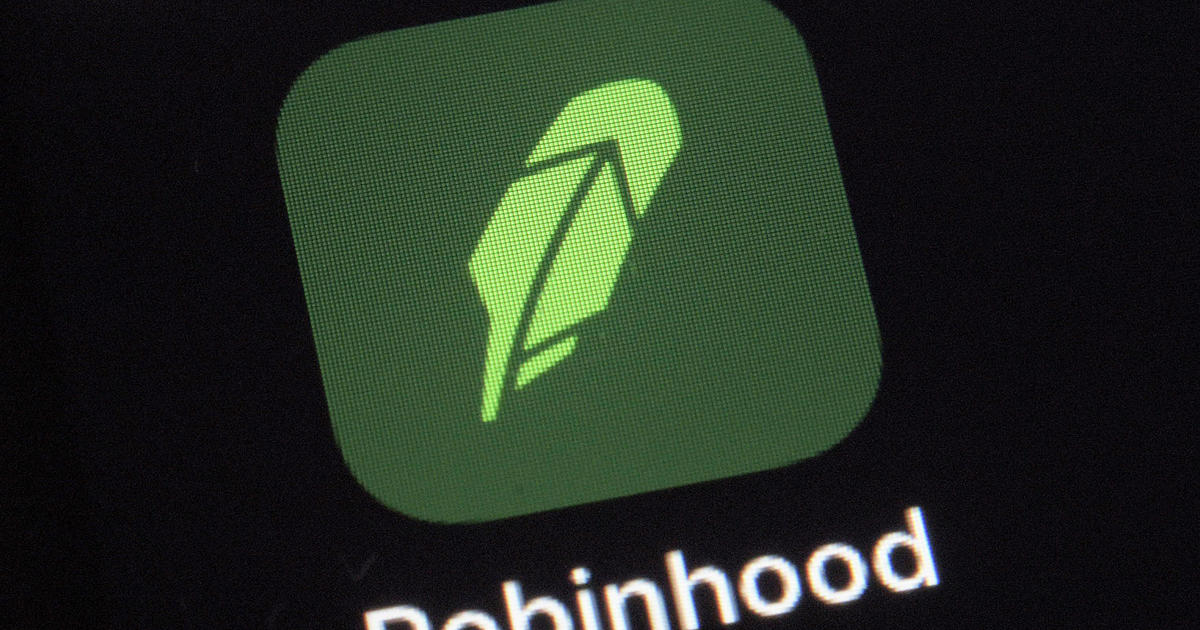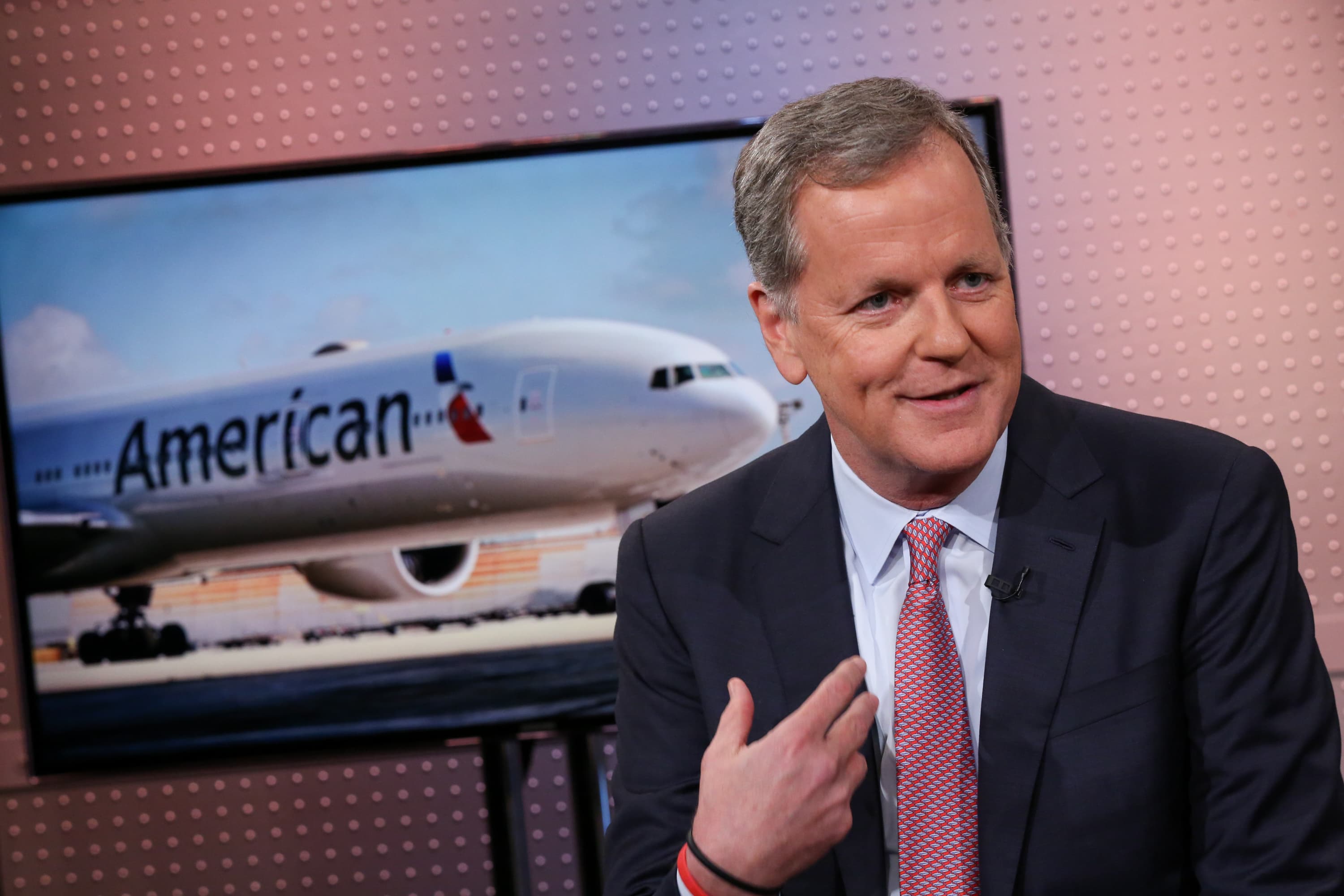
Online brokerage Robinhood touts its willingness to lend money to customers so they can multiply their returns just like Wall Street pros, even likening investing with borrowed money to the thrill of riding a motorcycle. What the company doesn't say is that its lending strategy has put clients — who tend to be younger and less experienced at playing the market — in financial peril even before many piled into the shares of struggling video game retailer GameStop in January.
Robinhood's lending so customers could "buy on margin" — in which someone takes out a loan to buy stock, options or other securities — more than doubled in the first six months of 2020, all too often with negative results. Regulatory filings reviewed by CBS MoneyWatch show that investors who borrowed money from Robinhood were nearly 14 times more likely to be unable to repay the loans than investors who borrowed from rival brokerages eTrade, TD Ameritrade and others.
"The margin loans amplified the purchasing power and the ability of those investors to drive up GameStop's stock price," said Joshua Mitts, a professor of securities law at Columbia University, when informed about Robinhood's loan-failure rates described in the regulatory filings. "What people are so upset about is that it was Robinhood's own risky lending practices that limited its customers' ability to trade and undermined investors' confidence in the fairness of the market."
Experts also say Robinhood's aggressive lending may have helped inflate the bubble in GameStop shares that caused the stock to soar 2,800% in a matter of days — a spike they say could end up costing individual investors billions of dollars as it returns to earth. The frantic trading in GameStop and other shares driven by Reddit group WallStreetBets also led to a cash crunch at Robinhood, leading it to raise $3.4 billion in new capital.
The speculative spasm has been large enough to rock financial markets. Congress is investigating. Robinhood CEO Vlad Tenev is expected to testify in a hearing of the House Financial Services Committee in mid-February.
Robinhood, through a spokesperson, declined to comment on the firm's margin loan practices.
"Extra buying power"
On its website, Robinhood says that buying on margin offers customers "more flexibility, extra buying power and less time waiting to access" their account. For just $5 a month, users can borrow up to $1,000 for investment purposes. For anything above $1,000, investors have to pay an annual interest rate on the loans. In mid-December, just weeks before the WallStreetBets craze, Robinhood cut that annual rate in half to 2.5%, making it even cheaper to borrow.
Sources close to Robinhood told CBS MoneyWatch that the trading app's lending strategy isn't any riskier than that of its competitors. In addition, RobinHood stopped making loans to purchase shares of theater chain AMC Entertainment, whose shares also surged after being touted on WallStreetBets, on January 25, two days before the biggest jump in the stock, according to sources close to the company.
Robinhood also tightened the lending requirements to buy GameStop shares last week to just 20% on margin, limiting the potential for amplified losses if the stock were to go down. The trading platform then halted margin loans to buy the retailer's shares, as the company's stock price was peaking around $480
Sources close to Robinhood also said stock lending wasn't a key factor in a capital shortfall that caused Robinhood to curtail the purchases of certain stocks that had put the brokerage firm's future in jeopardy. In a series of tweets, Tenev blamed Wall Street rules that allow two days for stock transactions to be completed, a practice he criticized as outdated, for his company's cash crunch.
The risk of buying on margin
Stock loans are nothing new, and Wall Street firms long have traded on margin. Generally, margin works like most loans, with borrowers paying interest. Investors can borrow up to 50% of the holdings in their account, which in mortgage terms would be the equivalent of requiring a 50% down payment.
The biggest difference is that, while a bank can't just sell your house if it drops in value, a brokerage firm can liquidate your portfolio if its value falls below the 50% margin limit.
Another potential problem in using margin to buy securities — a risk that many novice investors of the kind Robinhood caters to may not fully appreciate — is that you can quickly lose more money than you have in your account.
For instance, an investor who bought 100 GameStop shares at their closing price on Monday of $225 with 35% margin would have paid $14,500. By Thursday, when GameStop's shares closed at just $53, the same investor would have lost $17,200 — or $2,700 more than originally invested. More likely, the person's brokerage firm would have liquidated their account long before it fell into negative territory.
Columbia's Mitts said that professional investors don't use margin loans in the way that many amateur investors might think. "They generally use margin lending to boost the risk of less risky assets like bonds or to add risk to a diversified portfolio," he said. "They don't use margin to buy individual stocks."
Tom Anderson, a former executive director of wealth management at Morgan Stanley and author of "The Value of Debt," said margin loans can be good for individual investors as long as they have a diversified portfolio and don't borrow excessively. (Full disclosure: The author of this article wrote a forward to one of Anderson's books on an unpaid basis.)
"So long as one borrows less than 25% against a diversified portfolio, the statistical risk of margin being a problem is extremely low," Anderson explained. That said, investors who use margin to buy individual stocks can all too easily be wiped out. "Company-specific risk is hard to model," he said. "Weird stuff happens."
A question of culture?
Nearly every brokerage these days offers the ability to trade on margin. But Robinhood — with its avowed mission to "democratize finance" — highlights the use of margin as a way for customers to trade like the pros. It's also a way for Robinhood, which since launching in 2013 has flourished by offering commission-free trading, to make money given that the firm does charge to borrow on margin. That makes stock lending one of Robinhood's few profit centers.
As a private company, Robinhood isn't required to file quarterly or year-end financial statements, as publicly held companies are. But all brokerage firms, public or not, must file a little-known document called a Form X-17A-5 at least once a year with the Securities and Exchange Commission. That disclosure says nothing about profits, but it does detail assets and liabilities, including any loans a brokerage firm has made.
According to its latest Form X-17A-5 filing, as of mid-2020 Robinhood had $1.4 billion in margin loans outstanding. That was more than double the $639 million it had loaned in the previous six months at the end of 2019.
"We don't know for sure if [Robinhood was] technically more aggressive, but you can guess that it was because of its culture," said Paul Rowady, director of research for Alphacution, a research firm that specializes in technology and financial markets. "They are gunning to go public and gunning to make themselves look as good as they could."
What "doubtful accounts" tell us about Robinhood
Accounting rules require that all lenders set aside money to cover loans that borrowers are either behind on or are unlikely to repay. Of the $1.4 billion Robinhood had loaned as of June 30, 2020, the company had just over $47 million in "doubtful accounts." That amounts to just over 3%, which may seem low. But for margin loans, where the collateral to pay off the loan is right there in the account, it's remarkably high by industry standards.
By comparison, eTrade had $9.8 billion in margin loans outstanding, according to its most recent filing, but only $9 million — or roughly 0.1% — in doubtful accounts.
Interactive Brokers, which like Robinhood tends to draw more clients who like to trade individual stocks with borrowed money, had $29 billion in margin loans. That was far more than Robinhood, but Interactive Brokers had only $68 million in doubtful accounts, or about 0.2%.
"This is the big deal here," Thomas Peterffy, CEO of Interactive Brokers, said of the difference between his firm's soured margin loans and Robinhood's. "Mature brokerage firms have systems in place to catch customers before they get in trouble. So I assume they are not doing that."
It isn't clear why Robinhood's customers are having significantly more trouble paying back their margin loans than customers of rival brokerages. Robinhood doesn't disclose its average account balance. But surveys suggest its clients tend to be young, with smaller investment accounts than clients of other firms.
Robert Willens, who teaches at Columbia University and is one of Wall Street's top accounting gurus, said Robinhood's financial filing suggests the company's margin loans "are riskier than those extended by its peers." But he notes there is nothing in the document that indicates why Robinhood got into trouble. And Willens said Robinhood's public financials alone do not suggest that its margin lending is particularly risky for the firm.
"I suppose that it's not surprising that their loan book is of somewhat lower quality than the company's peers," he said. "That reflects the company's strategy of being the broker of choice for customers that are not as creditworthy as some of their more 'upscale' peers."
Previous problems with margin loans
In December, Massachusetts sued Robinhood for abusing its customers. The lawsuit says nothing directly about margin loans, but it does accuse the firm of "aggressively targeting young, inexperienced investors" and exposing their accounts to "unnecessary trading risks." Last week, Robinhood filed a detailed response to the Massachusetts lawsuit, calling the allegations false, saying it does not "gamify" investing — a common observation of its youth-friendly app features — or allow its clients to trade risky investments without the correct qualifications.
Sources close to Robinhood told CBS MoneyWatch this week that the firm's bad loans look larger than rivals because it used to give clients longer to pay off their loans when they fell behind, causing bad debts to pile up. Robinhood recently changed that practice to bring it in line with competitors.
It's not the first time Robinhood has had a problem with margin loans. In early 2019, some Robinhood customers with account balances in the four figures figured out how to borrow hundreds of thousands of dollars in their accounts. They shared instructions on how to do it on the WallStreetBets Reddit board and elsewhere.
Robinhood identified the jacked-up trading in late 2019, and corrected its systems. "We monitor closely for any type of abusive activity on our platform and take action as appropriate," Robinhood said in a tweet at the time.
Some observers are skeptical, pointing to the disclosure of Robinhood's high loan-default rates and what has happened with GameStop and other shares in recent weeks.
"It is the duty of the brokerage firm to make sure that suitability and underlying risk is correct for a client," debt expert Anderson said. "Making it easier to access debt and not reminding people of those risks is a problem."
Article From & Read More ( Robinhood offers loans to buy stock — they were 14 times more likely to default - CBS News )https://ift.tt/39R8uEI
Business

No comments:
Post a Comment